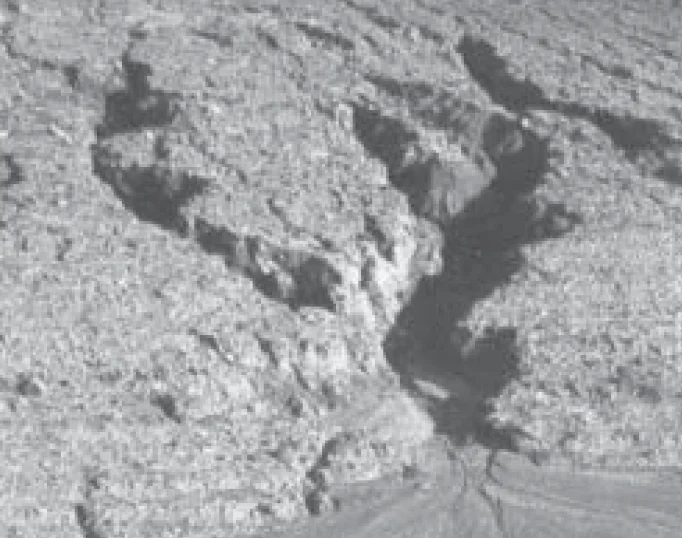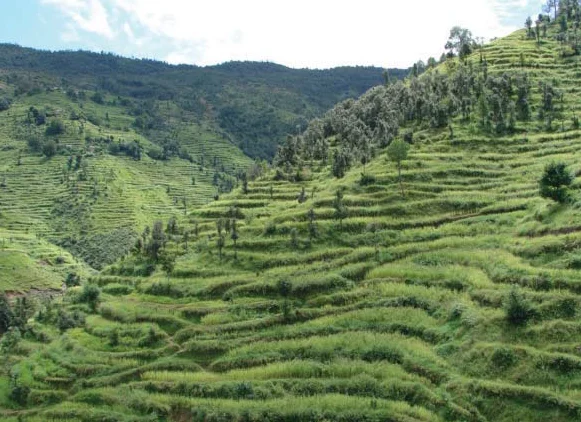![]() December 7, 2023
December 7, 2023
![]() 401
401
![]() 0
0
Soil degradation is defined as a decline in soil fertility, marked by a reduction in nutritional status and soil depth due to erosion and misuse. This degradation is identified as a key factor driving the depletion of the country’s soil resource base. The extent of soil degradation varies across different regions, influenced by local topography, wind velocity, and rainfall levels.
Soil erosion is a significant contributor to soil degradation. It occurs when topsoil is removed or displaced by natural forces such as wind, water, or human activities like deforestation or improper land use practices.
|
|---|
Soil Erosion: Human Impact on Soil Balance

Soil Erosion

Terrace Farming
Soil Conservation: The Essence of Soil Conservation
Remedial measures: Practical Solutions for Conservation
|
The Central Soil Conservation Board
|
|---|
Conclusion
Glossary
|
|---|
<div class="new-fform">
</div>

Latest Comments